Bougainvillea
Bougainvillea grows as thorny vines with flowers that have thin colorful pink petals.
- They are usually grown on a trellis and used to form fences on walls or as outdoor shades.
- Because of their thorns and twines, they serve as a natural barricade and thus are commonly used as fencing plants.
- They are extremely drought-resistant and thrive in almost any well-draining soil.
Growing bougainvillea
- Choose a site with full sun and well-draining soil. Although bougie vines tolerate many types of soil, they prefer loamy soil that contains clay, sand, and silt in equal parts.
- You can amend the soil with organic matter to allow nutrients to easily reach the roots. For the best bougainvillea care, select a soil with a pH of just over 6.
- You don’t need to worry much about water once the plants mature. Irrigate only when the plants start to wilt and the soil is dry.
- The vines do need food. Use a balanced, all-purpose fertilizer at half the normal dosage.
- Pruning is a good practice if you are caring for bougainvillea in the garden.
- Pinching is a gentler form of pruning that works well for bougies. Pinch off the soft, growing tips of young plant stems to encourage thicker and fuller growth.
Bougainvillea is fairly drought-tolerant once established. It prefers a good, deep watering every 3-4 weeks rather than frequent shallow waterings. When establishing (in the 1st couple of years), be sure to give your bougies regular water. Bougie is subject to a few types of root rots so don’t over-water. Well-drained soil will help prevent rot.
Pests
- Aphids could be an issue on the new growth of bougainvillea. Sprayed them off with a gentle blast of the garden hose or other sprayers.
- The looper caterpillar may be an issue with bougies in Arizona and California.

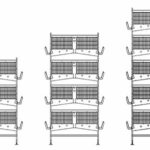


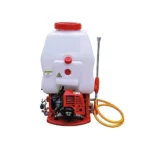
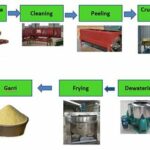

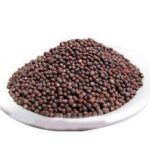





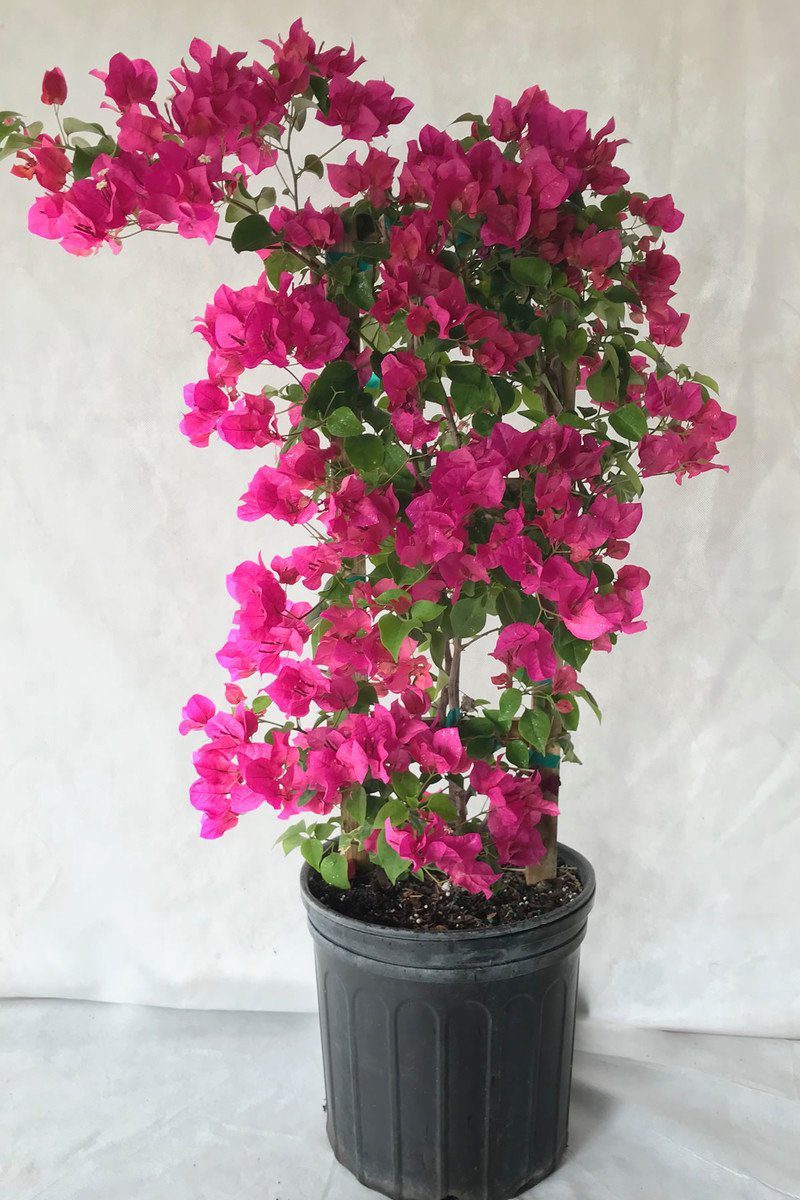

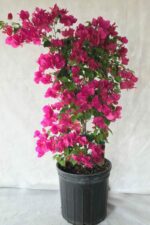
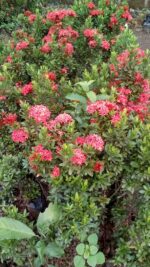
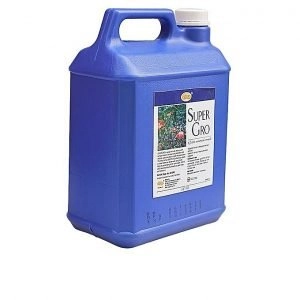

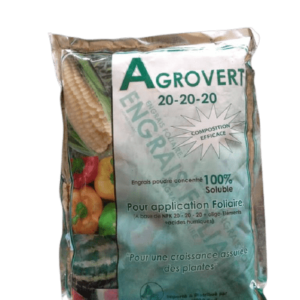


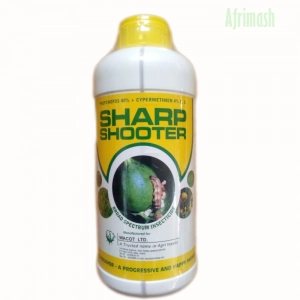
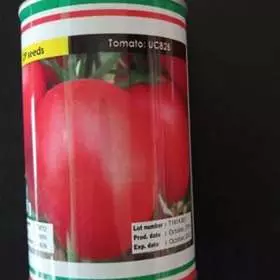
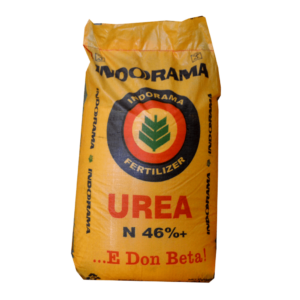
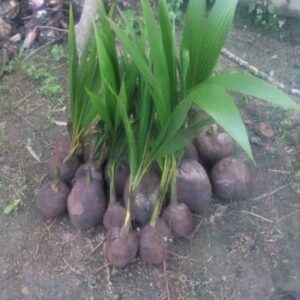
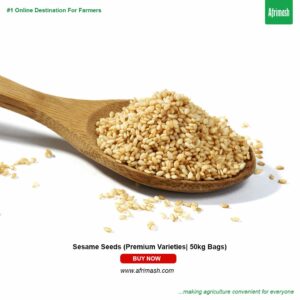
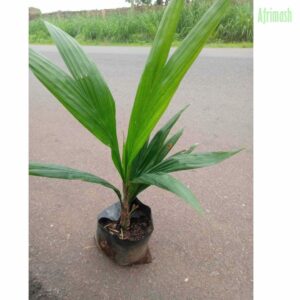
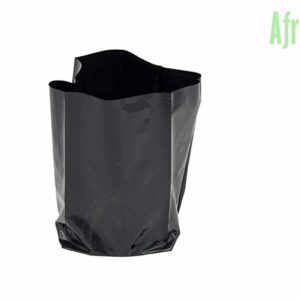
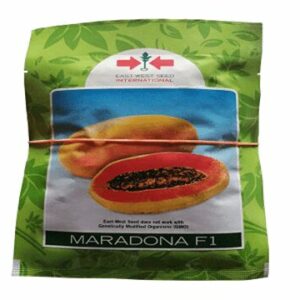
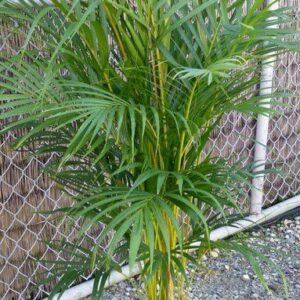
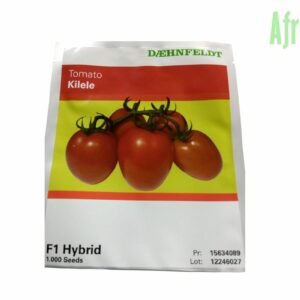
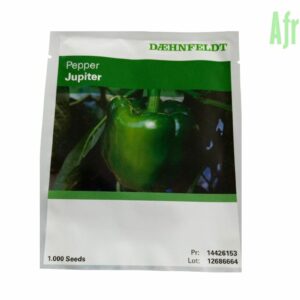
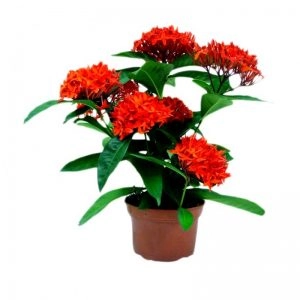

Reviews
Clear filtersThere are no reviews yet.